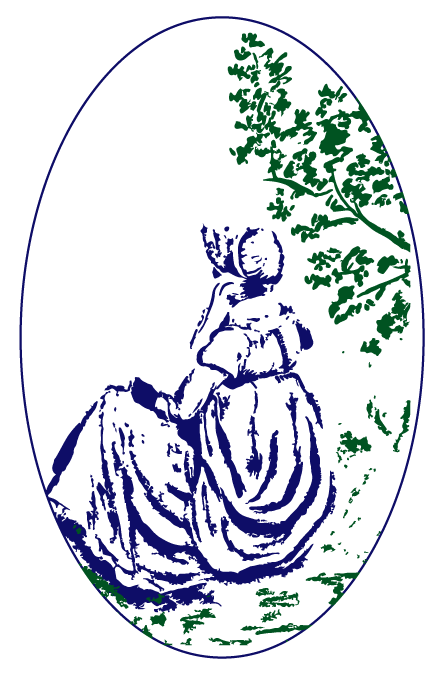Dance & Danceability by The Assembly Players, 1999
The Pride and Prejudice Collection by The Pemberley Players, 1997
Reviewed by Carol Ann Krug Graves
Both of these recordings grew out of Jane Austen-themed balls that were held in recent years in the UK. Both contain pleasing selections of dance tunes, and make for excellent listening. Many of the dances are likely to be familiar to listeners with English country dancing experience. Both CDs include dance-length recordings of each tune, and although it is always more fun to dance to live music, they could be used for dancing in situations where no live music is available.
Dance & Danceability: A Programme of Dances Published in Jane Austen’s Time provides music for 21 dances published in the author’s lifetime (1775-1817), duplicating the program of a recent annual Assembly Ball in Edinburgh. The musicians play accordion, piano, and violin, the latter made by Mathew Hardie (“The Scottish Stradivarius”) in 1798. This recording also includes, in the liner notes, dance instructions for all the dances. The sequence of figures in each dance is described, but individual figures are not explained, so using these dance instructions would require some basic English country dance experience, or at least a basic English dance instruction manual. The notes describe the program of dances as “an evening of easier dances”, but not all the dances may be perceived this way by a beginner. For example, The Adieu seems to include enough unusual elements to be potentially confusing to the uninitiated.
The Pride and Prejudice Collection: A Selection of Dances Popular in the 18th & 19th Centuries provides music for 16 country dances, originally published in 1650 – 1802, and all popular during Jane Austen’s era. It appears that this program of dances was used for a Pride & Prejudice Ball, sponsored in part by the BBC, and held at the Grand Assembly Rooms York. A combination of flute, two violins, piano and cello helps create the feeling of an 18th- or early 19th-Century ballroom. This CD does not include dance instructions, but many of the dances are very well known. Dance instructions for most, if not all of the dances are readily available from sources currently in print.
Either of these recordings would make great listening while reading a Jane Austen novel (and at other times!). Either would also be appropriate for Jane Austen groups that would like to give dancing a try, but do not have access to live musicians. (An experienced English dance caller would still be advisable, unless there is someone in the group who has some English dance experience.) Since both of these CDs are published in the UK, it may not be easy to find them in North America, but they are available by mail order from Country Dance and Song Society.
